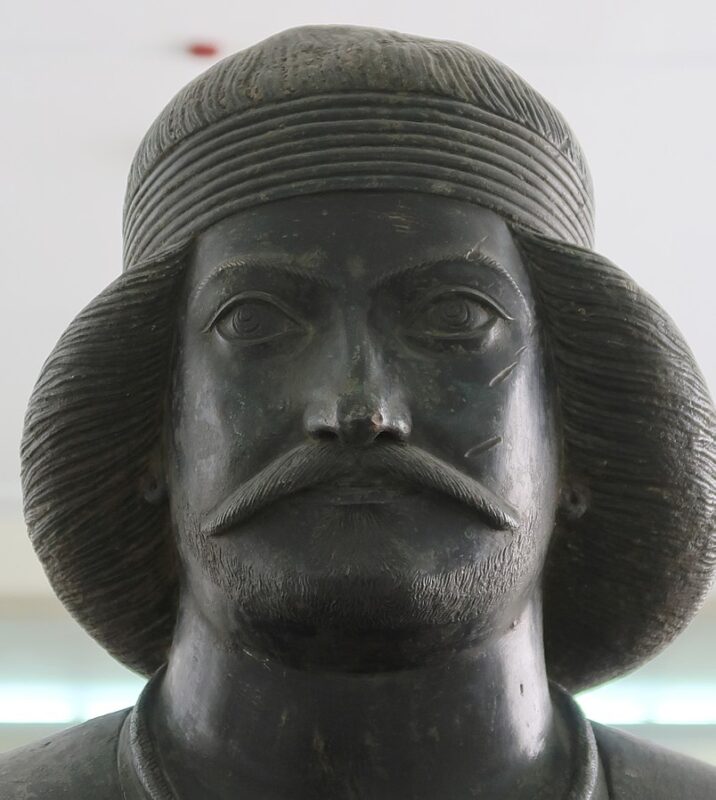There’s not much readily available information about a “Sorna” or “Soren” who served as a lieutenant general during the Parthian period in Sistan and Baluchistan. The Parthian Empire, also known as the Arsacid Empire, existed from roughly 247 BC to 224 AD and spanned a vast territory, including parts of present-day Iran, Iraq, Syria, and Armenia. While Sistan and Baluchistan fell within the Parthian sphere of influence, details about specific regional figures like Soren are scarce.
However, here are some possibilities to consider:
Misinterpretation of Name:It’s possible that the name “Sorna” or “Soren” might be a misinterpretation or variant of another Parthian name or title. Some Parthian names like “Suren” or “Surena” were prominent during the era, and their pronunciations might be similar depending on the source and translation.
Local Ruler:While not a lieutenant general in the traditional sense, Soren could have been a local ruler or governor in Sistan and Baluchistan during the Parthian period. Smaller administrative units within the Parthian Empire often had their own rulers with varying degrees of autonomy.Lack of Documentation: Unfortunately, historical records and archaeological evidence from the Parthian period in Sistan and Baluchistan are limited. This makes it difficult to verify the existence and role of specific figures like Soren with certainty.
Further Research: To explore this topic further, you could try researching:
Parthian history in Sistan and Baluchistan, focusing on local administration and regional rulers.
Parthian military structure and titles, to see if there’s any connection to the name “Sorna” or “Soren.”
Any existing archaeological or epigraphic evidence from the region that might mention Soren or similar names.
While definitive information about Soren might be elusive, delving deeper into these avenues could offer valuable insights into the Parthian period in Sistan and Baluchistan and potentially shed light on this intriguing figure.


